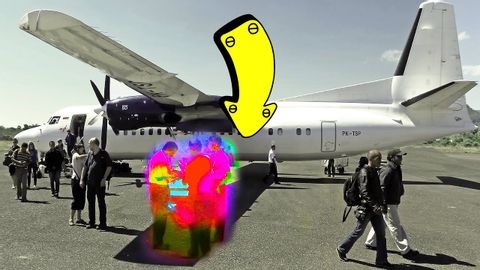
字幕と単語
飛行機の翼の下を歩くことはありません。 (Never Walk Under the Wings of Plane, Here's Why)
00
林宜悉 が 2021 年 01 月 14 日 に投稿保存
動画の中の単語
average
US /ˈævərɪdʒ, ˈævrɪdʒ/
・
UK /'ævərɪdʒ/
- n. (c./u.)平均
- v.t.平均する
- adj.典型的な : 普通の : ありふれた : 普段の
A2 初級TOEIC
もっと見る エネルギーを使用
すべての単語を解除
発音・解説・フィルター機能を解除
